At a time when people are worried about food safety in Vietnam, the Ministry of Agriculture and Rural Development launched the program “Green outlets - Safe farm products”, that received positive feedback from the public.
The program took place during one week at No.489 Hoang Quoc Viet, Cau Giay, Hanoi with the participation of more than 100 stands displaying VietGap-certified products or those produced under the food safety chain management from more than 40 cooperatives and agribusinesses across the country. They include rice, eggs, vegetables, bulbs, teas and honeys.
At the event, the Ministry of Agriculture and Rural Development announced the addresses of 69 stores nationwide certified to provide food products that meet safety requirements and introduced production models, such as water culture, for other food producers to follow.
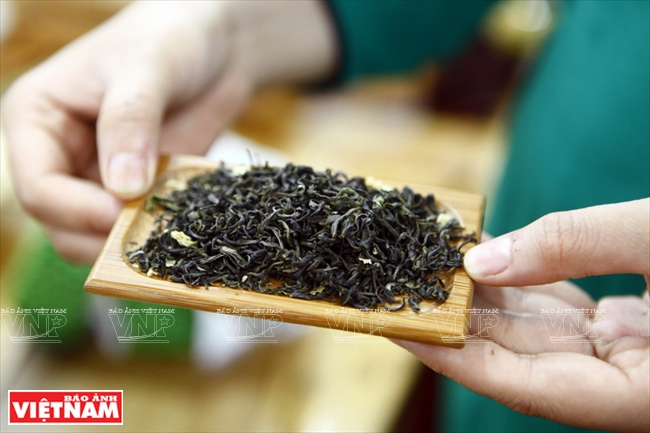
Clean and safe tea branded An An by Tan An Tea Joint-stock Company (Thai Nguyen Province).
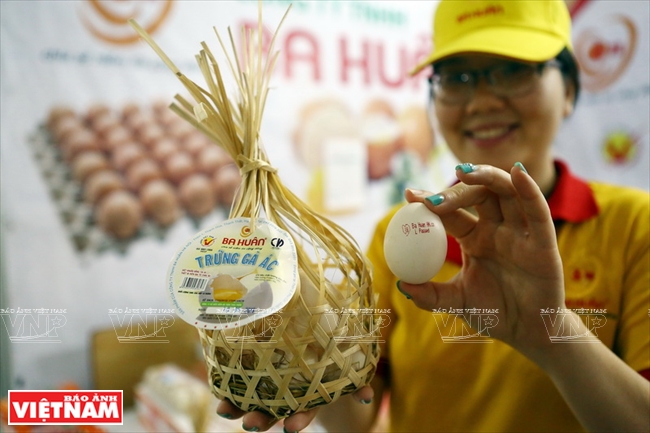
Ba Huan clean eggs.
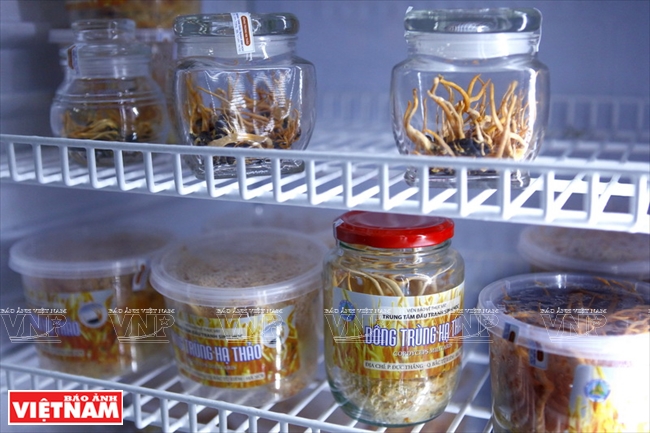
Cordycepts Roberti of the Plant Protection Research Institute.
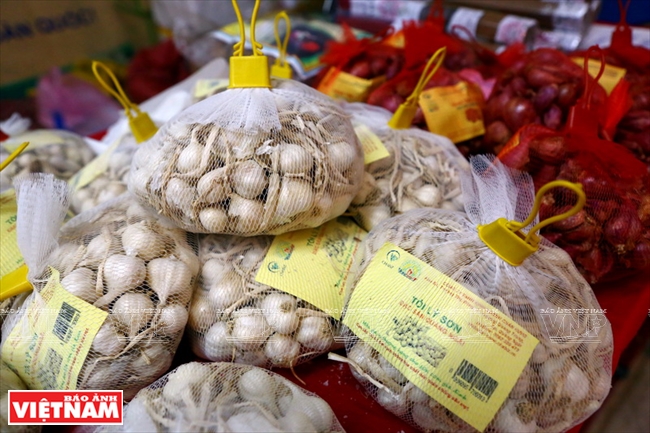
Ly Son garlic products.
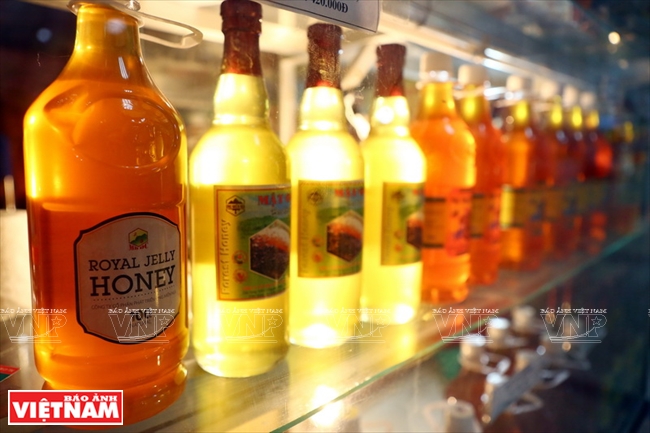
Honey products of the Mountain Bee Development Joint-stock Company.
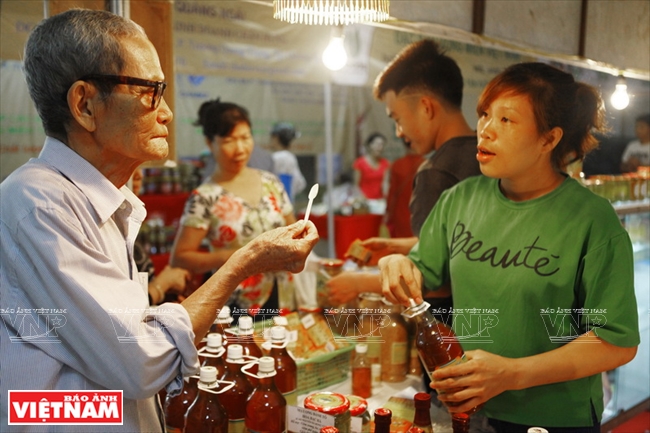
Customers taste honey of the Mountainous Bee Development Joint-stock Company.
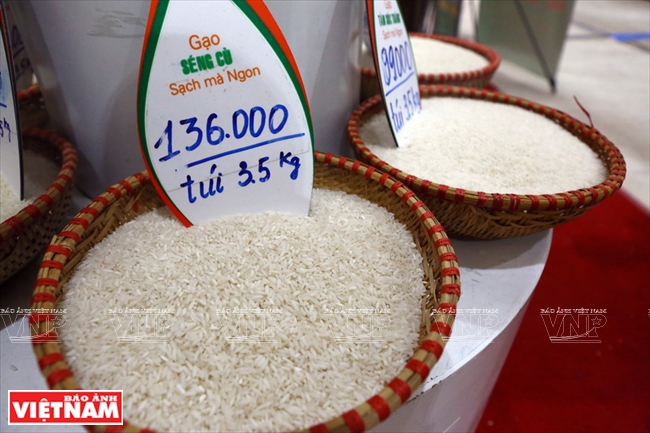
Seng Cu rice, a famous brand of Vinafood.
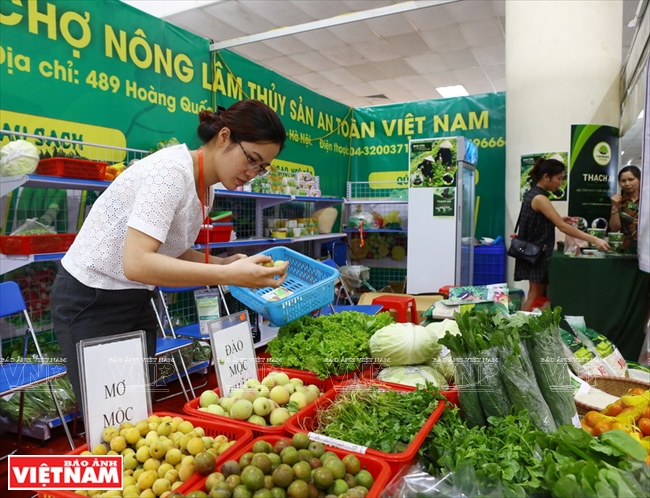
The showroom of some mountain specialties in Northern Vietnam
by the Management Board of the Vietnam Seafood, Agricultural and Forestry Product Fair.
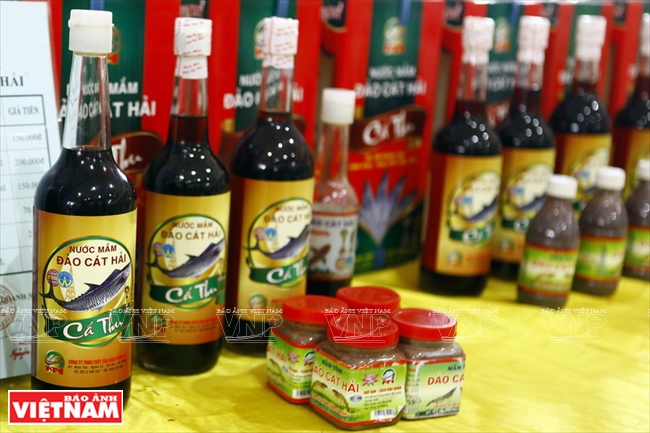
Cat Hai fish sauce of Haiphong.
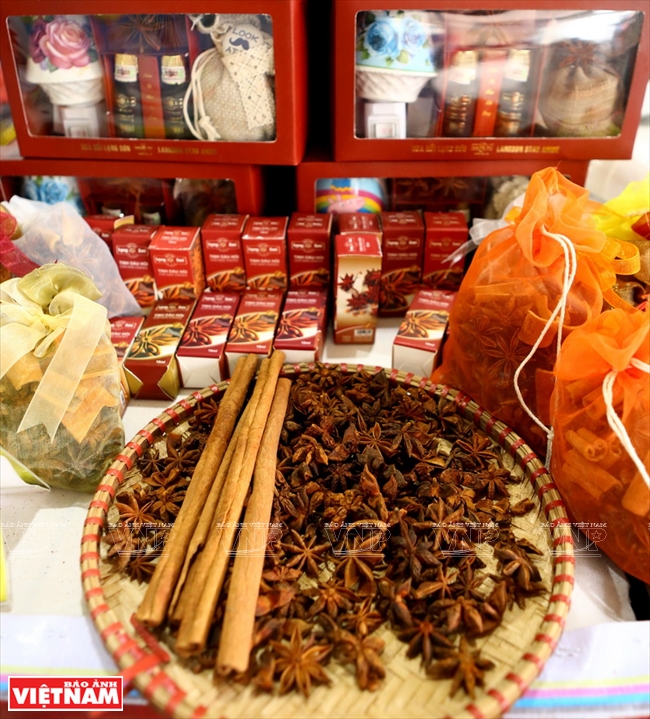
Cinnamon and anise from Lang Son Agricultural and Forest Processing and Exporting Joint-stock Company. |
The program is one of a series of activities carried out by the Ministry of Agriculture and Rural Development to help soothe public fury on food hygiene and safety, which has overwhelmed the food market in recent years, and encourage safe food production and distribution.
So far, Hanoi has controlled farm produce in the city through the program on consumption chains, such as vegetables meeting VietGAP in Hoa Binh and Son La provinces sold at Biggreen supermarkets and Fivimarts.
When farm products are transported to Hanoi, relevant bodies of the city have controlled and taken specimens to examine the quality, food hygiene and safety. It has also implemented measures on looking for the origin of products which do not meet criteria in terms of food hygiene and safety.
To promote trade activities, Hanoi’s Agriculture and Rural Development Department helped about 100 businesses in the city cooperate with units in provinces and other cities in 2015 who then signed over 40 contracts of providing and consuming safe food and transferring technical advances. Promoting trade in agriculture between Hanoi and neighbouring provinces is considered a sound direction that helps the city strictly control the quality of food, thereby customers can buy safe farm products.
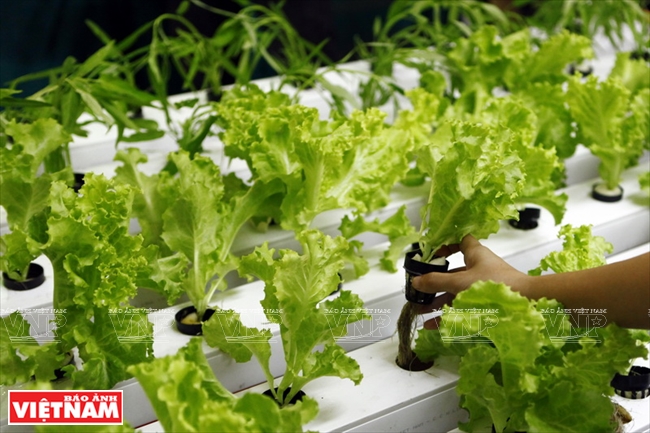
The model of planting vegetables using the hydroponic method, suitable to the environment in urban centress.
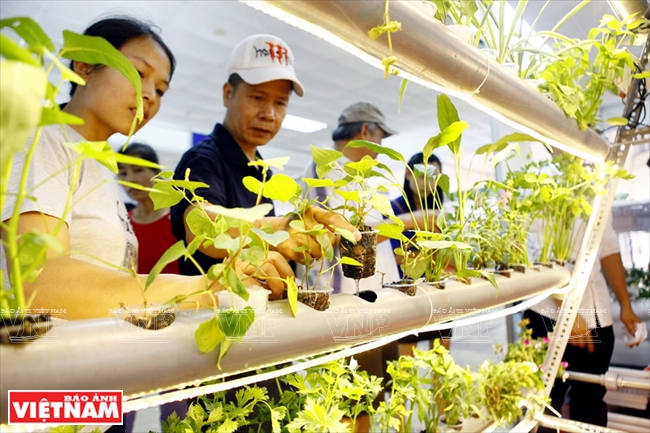
Customers learn about the model of planting vegetables using the hydroponic method.
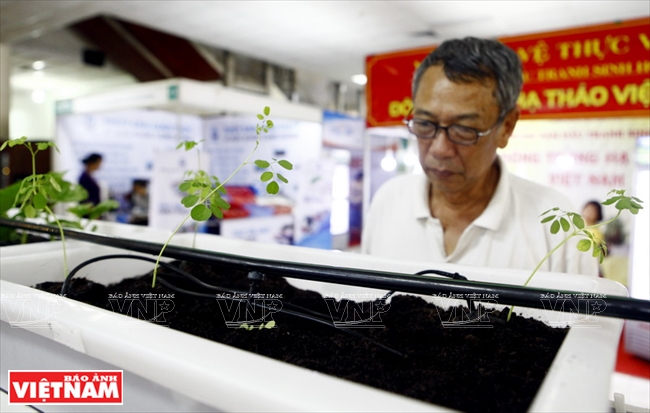
Other models of planting organic vegetables of Vietnam National University of Agriculture are introduced at the event. |
In the future, Hanoi will bring into full play its role as a leading city nationwide on promoting trade and building mechanisms and policy in agriculture to trigger provinces to produce safe food for the capital, meeting the demand of customers.
Story: Thao Vy - Photos: Tran Thanh Giang